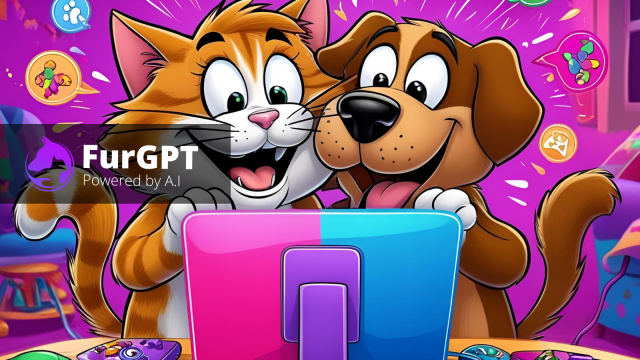Enhancing seamless virtual pet experiences across blockchains with smarter, user-responsive interaction tools.
(Isstories Editorial):- Seattle, Washington Apr 15, 2025 (Issuewire.com) – FurGPT (FGPT) has upgraded its interaction design framework to support more adaptive and intuitive cross-chain play, strengthening user engagement across decentralized networks. This update improves how users manage, interact with, and evolve their AI-powered virtual pets across multiple blockchain environments.
More on Isstories:
- Breakthrough Leadership Book The Persistence Factor Becomes an Amazon #1 Bestseller
- Arthur Greenlee IV, Recognized by BestAgents.us as a 2025 Top Agent
- Noris Perez, DPT, Featured in America’s Best in Medicine for Advancing Physical Therapy
- Justine Farley, Recognized by BestAgents.us as a 2025 Top Agent
- Top Precision Ceramic Component Supplier – ZHHIMG Achieves ISO 9001-14001-45001-CE Certification for Safety Excellence
The redesigned interface introduces real-time responsiveness, intelligent pet syncing, and customizable interaction flows that adjust based on user behavior. Whether bonding, training, or competing, each pet now adapts its responses and progress across supported chains without disrupting continuity or asset integrity.
FurGPT’s commitment to fluid multi-chain experiences ensures that users can enjoy consistent gameplay and pet development no matter the blockchain they operate on. This also opens up new opportunities for interoperable NFTs, shared economies, and integrated social features that span ecosystems.
As FurGPT continues to bridge gamification with AI and cross-chain flexibility, it reaffirms its role as a leader in scalable, user-centric Web3 pet innovation.
About FurGPT
FurGPT is a blockchain-based platform that merges AI and gamification to deliver customizable virtual pet experiences in Web3. Focused on secure ownership, personalization, and interactive gameplay, FurGPT is redefining digital pet engagement.
This article was originally published by IssueWire. Read the original article here.




















